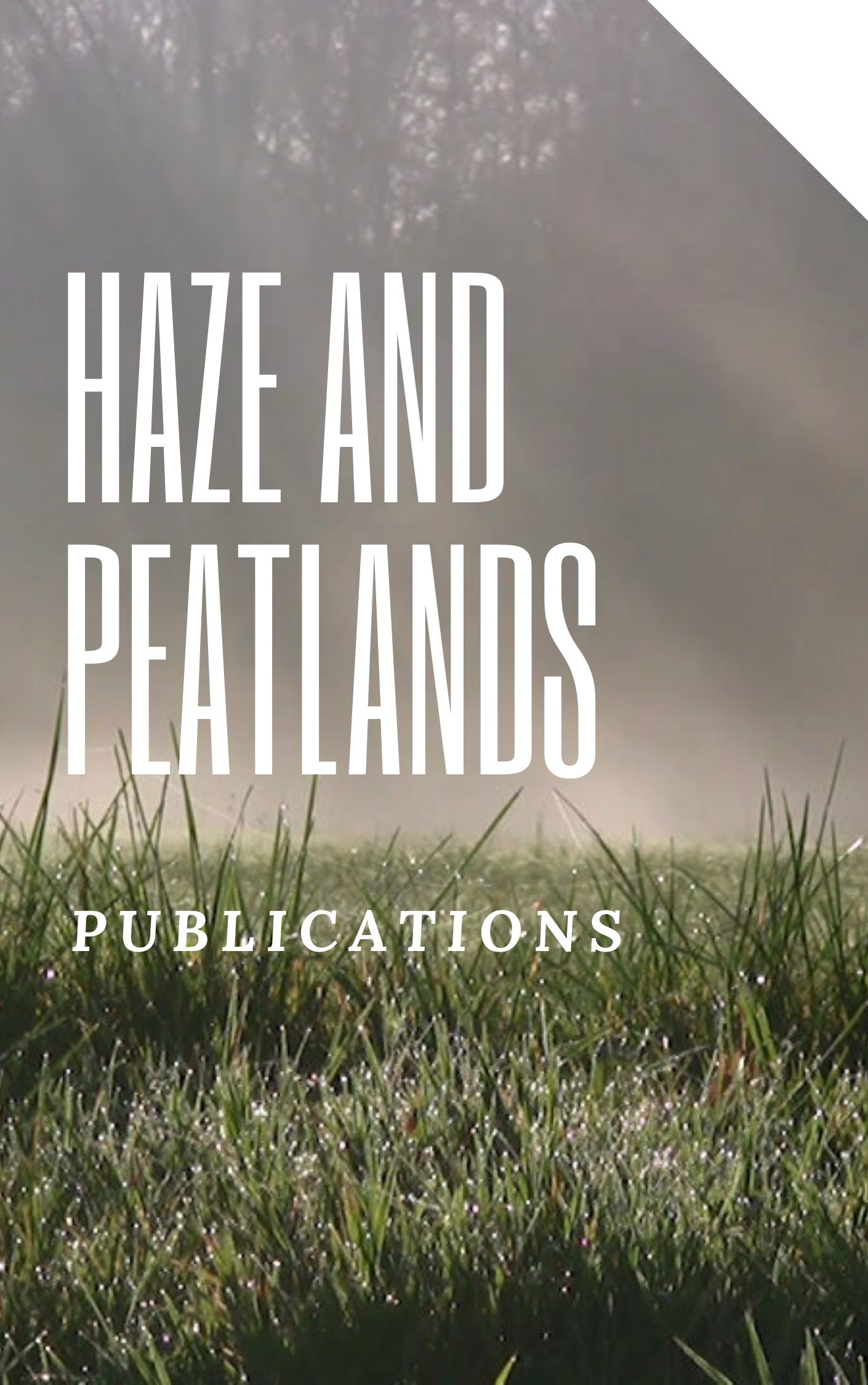Forest fires remain a devastating phenomenon in the tropics that not only affect forest structure and biodiversity, but also contribute significantly to atmospheric CO2. Fire used to be extremely rare in tropical forests, leaving ample time for forests to regenerate to pre-fire conditions. In recent decades, however, tropical forest fires occur more frequently and at larger spatial scales than they used to. We studied forest structure, tree species diversity, tree species composition, and aboveground biomass during the first 7 years since fire in unburned, once burned and twice burned forest of eastern Borneo to determine the rate of recovery of these forests. We paid special attention to changes in the tree species composition during burned forest regeneration because we expect the long-term recovery of aboveground biomass and ecosystem functions in burned forests to largely depend on the successful regeneration of the pre-fire, heavy-wood, species composition. We found that forest structure (canopy openness, leaf area index, herb cover, and stem density) is strongly affected by fire but shows quick recovery. However, species composition shows no or limited recovery and aboveground biomass, which is greatly reduced by fire, continues to be low or decline up to 7 years after fire. Consequently, large amounts of the C released to the atmosphere by fire will not be recaptured by the burned forest ecosystem in the near future. We also observed that repeated fire, with an inter-fire interval of 15 years, does not necessarily lead to a huge deterioration in the regeneration potential of tropical forest. We conclude that burned forests are valuable and should be conserved and that long-term monitoring programs in secondary forests are necessary to determine their recovery rates, especially in relation to aboveground biomass accumulation. © 2008 Springer-Verlag.
View source

